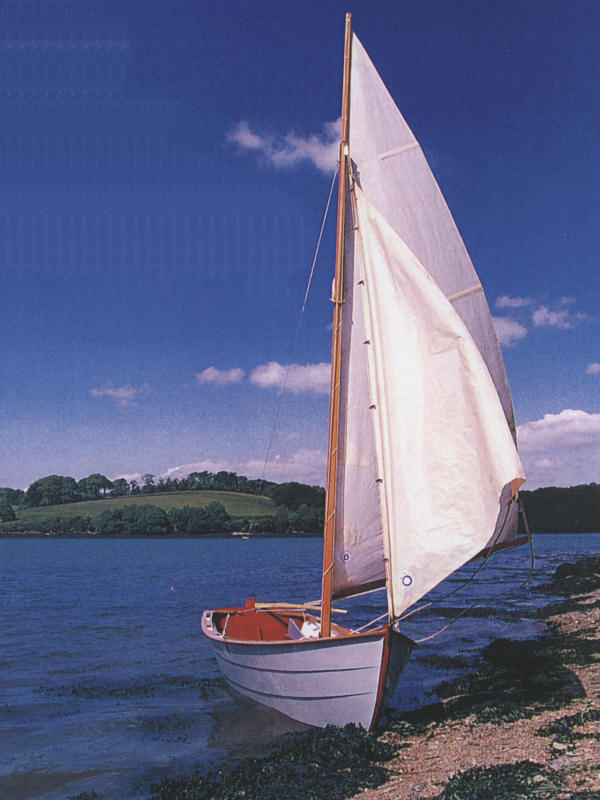I am sure that professional boat builders have a method of attaching the transom to the strongback without driving a fastener through the transom that would have to be plugged later. We were unable to figure out that method from either our readings or from the internet so we have elected to add a plywood sub-transom (a new boating term no doubt!!) frame to which we can clamp the real transom. To do this, we first attached a couple of sister joists to our strongback with the appropriate angle cut in them for the transom (Picture 1). The plywood sub-transom was leveled and screwed to the sister joists (Picture 2).
Sharpening is an art form from simpler times when tradesman used hand tools--chisels and planes to fashion wood. Traditionally these tools were sharpened on oiled stones in the West (North America and Europe)and water stones in the East (Asia). It wasn't until recently that I learned how to really get my tools sharp from my son who learned from his woodworking shop teacher. Here is the process I now use;
1. Use an electric wet stone to put a concave 25 degree bevel evenly across the whole blade. Even though this may sound hard it really isn't, you establish the angle between the tool rest and the wheel and then slowly move the blade across the stone (I find it is easier if the stone turns towards me). You can see your progress and the evenness of your cut after each pass and you adjust accordingly until you have ground the blade all the way up to the tip.
2. Turn the electric wet stone off and clean off the blade. Now you need to put a micro bevel on the blade. To do this I use adhesive backed silicon carbide 3M micro-abrasives (sandpaper) from Lee Valley Tools that I have attached to a flat piece of plate glass. It is easiest to use a jig to hold the blade but if you don't have one you can still apply the micro bevel by hand. All you do is increase the angle on the blade slightly and make several passes back and forth on the sandpaper until it is super sharp. I generally start with 15 micron and then finish up with 5 micron.
3. Go cut some wood by hand and enjoy the satisfaction of a sharp blade and the silence of non-electric motor cutting.
I sharpened blades for a block plane and an ancient jack plane today using this method and both planes will now cut long thin curls in both red oak and spruce.
Joe Lap




 We ordered the plans for Christmas from the Woodenboat Store in December and have been studying them and reading many boatbuilding books in preperation for the build. In fact, we highly recommend Greg Rossel's The Boatbuilder's Apprentice, as it is straightforward to understand and very applicable to any small boat.
We ordered the plans for Christmas from the Woodenboat Store in December and have been studying them and reading many boatbuilding books in preperation for the build. In fact, we highly recommend Greg Rossel's The Boatbuilder's Apprentice, as it is straightforward to understand and very applicable to any small boat.